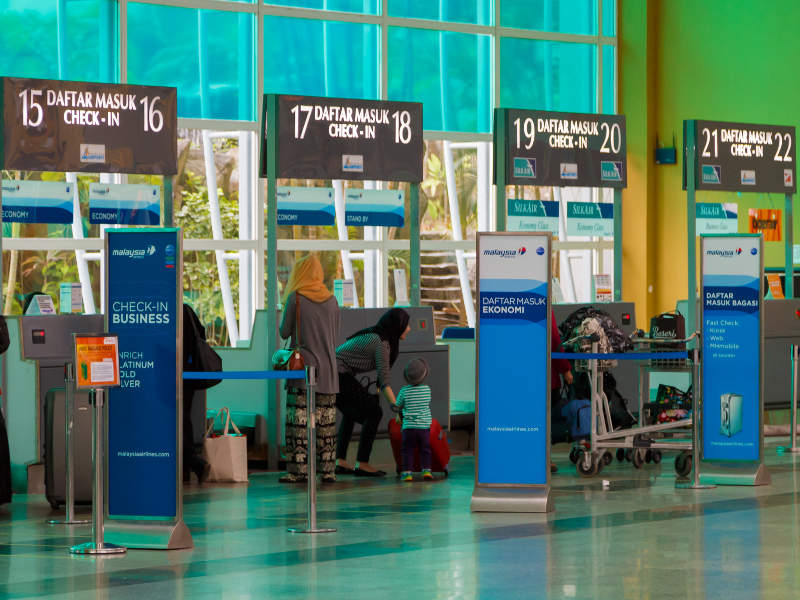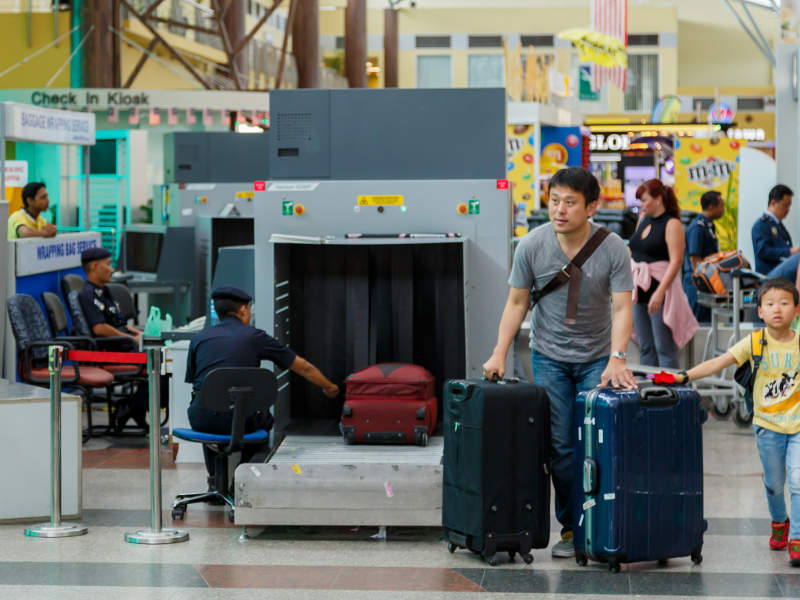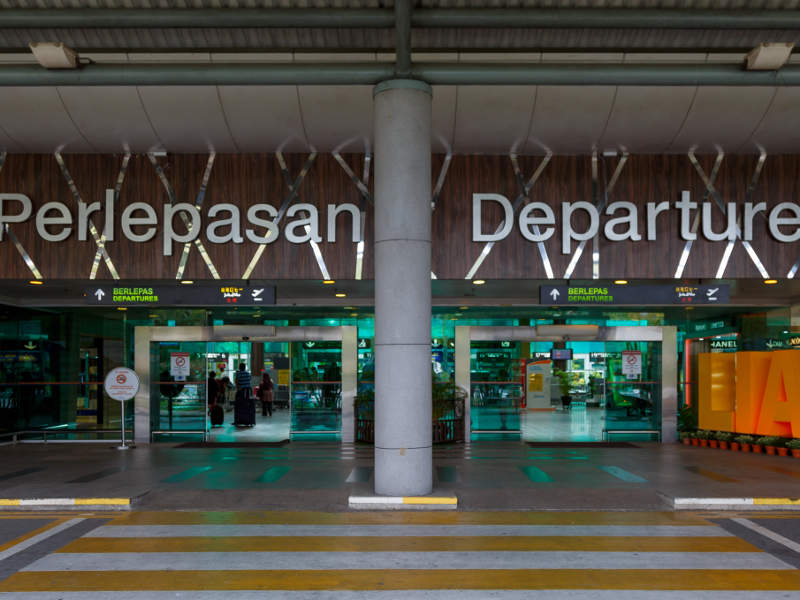Langkawi International Airport (LGK) in Malaysia is undergoing a major expansion to better serve the growing numbers of tourist and business travellers.
Located in Padang Matsirat, Langkawi, Kedah, LGK is owned by the Government of Malaysia and operated by Malaysia Airports Holdings. It is the third busiest international airport in Peninsular Malaysia, with the first two being KL international airport and Penang international airport.
The LGK expansion is being carried out in two phases. Construction on the project started in October 2017 and phase one is scheduled for completion in September 2018.
Langkawi International Airport history
Langkawi International Airport was initially used as an airfield by the Japanese Army, as well as the British Army in 1945. Aircraft movements were enabled by a small landing strip at the airport until 1987.
The airport underwent a development project to accommodate future growth and renamed as Legit Airport in 1987. It was further renamed as the Langkawi International Airport in 1991 following a series of major upgrades. It started hosting the Langkawi International Maritime and Aerospace Exhibition (LIMA) in the same year.
The development of the modern Langkawi airport was started in 1991 and was completed in December 1993.
Need for Langkawi International Airport expansion
Langkawi International Airport has been witnessing a significant increase in the number of passengers and tourists. It served 2.76 million passengers in 2017, a 4.3% increase compared to 2016. The airport handled 759t of cargo and 31,862 aircraft movements in 2017.
Increase in passenger traffic necessitated the modernisation of the existing operational facilities to increase capacity.
The ongoing expansion project enables the airport to accommodate up to four million passengers a year and approximately 1,000 passengers an hour during peak times.
Langkawi International Airport expansion details
Phase one of the Langkawi International Airport expansion project involved the upgrade of terminal facilities and expansion of the gross floor area of the terminal building to 23,000m² from 15,000m² to enhance operational efficiency.
Security features of the airport were improved to reduce delays and congestion in the terminal building. Improvements included the addition of four new immigration counters and six security check-in counters. The airport currently has 18 immigration and 30 check-in desks.
An advanced in-line hold baggage handling system (ILHBS) was installed in the terminal building to carry out multi-fold security screening. The automated system with three levels of security screening is expected to further increase passenger safety.
The phase one expansion also involved the construction of three new boarding gates and renovation of washrooms. Commercial spaces were developed to incorporate retail stores and dining facilities.
Parking spaces at the airport carpark have been increased to 600 bays from 400 as part of the phase one expansion.
The second phase of the expansion involves the construction of a proposed aerobridge, which is designed to handle the increasing volume of direct international flights.
Runways and taxiways at Langkawi airport
The Langkawi international airport features a single 3,810m-long and 45m-wide 03/21 runway, which is capable of accommodating Boeing 747 aircraft.
It also features 23m-wide asphalt-surfaced taxiways and a concrete apron.






